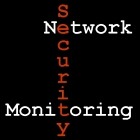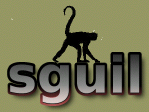Thoughts on NetBSD's New Logo
In other BSD news, NetBSD announced their new logo , pictured at left. Slashdot discussed the new logo, with the consensus being it is "uninspired," "corporate," and not "fun." I am not surprised that a tech crowd would think this way. One post broke from this trend by saying: "If you're trying to get people interested in your product, the first rule is don't offend people. Like it or not, there are folks out there who don't understand the difference between daemon and demon." I agree with this. I also found it fairly juvenile that Slashdot's moderators rated a complaint about the NetBSD daemons as being "funny." I get plenty of odd looks by airport security when I show them my laptop covered with FreeBSD daemon sticks. Most importantly, the old NetBSD "logo" doesn't qualify as a logo at all. It's a piece of computer-inspired art that doesn't meet the conditions necessary for a logo. To ...




